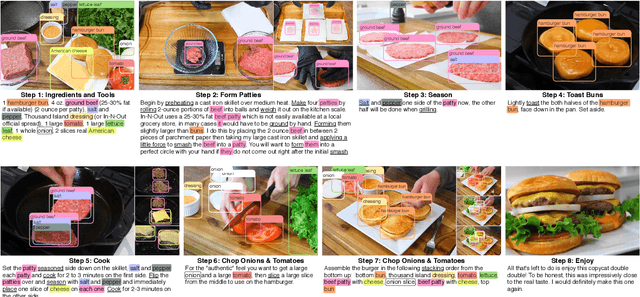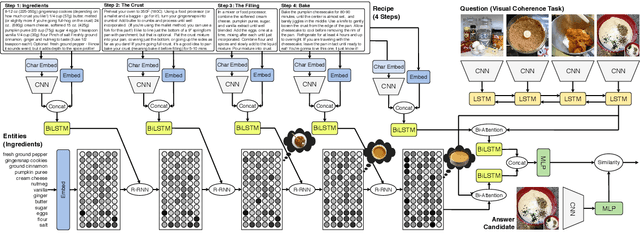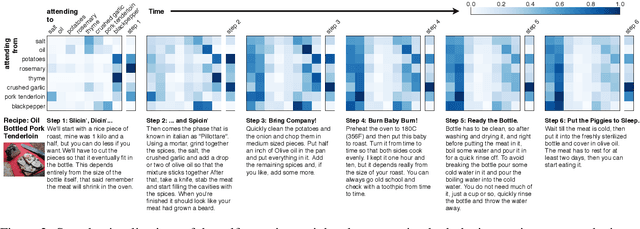Mustafa Sercan Amac
MaskSplit: Self-supervised Meta-learning for Few-shot Semantic Segmentation
Nov 03, 2021



Abstract:Just like other few-shot learning problems, few-shot segmentation aims to minimize the need for manual annotation, which is particularly costly in segmentation tasks. Even though the few-shot setting reduces this cost for novel test classes, there is still a need to annotate the training data. To alleviate this need, we propose a self-supervised training approach for learning few-shot segmentation models. We first use unsupervised saliency estimation to obtain pseudo-masks on images. We then train a simple prototype based model over different splits of pseudo masks and augmentations of images. Our extensive experiments show that the proposed approach achieves promising results, highlighting the potential of self-supervised training. To the best of our knowledge this is the first work that addresses unsupervised few-shot segmentation problem on natural images.
Cross-lingual Visual Pre-training for Multimodal Machine Translation
Jan 25, 2021



Abstract:Pre-trained language models have been shown to improve performance in many natural language tasks substantially. Although the early focus of such models was single language pre-training, recent advances have resulted in cross-lingual and visual pre-training methods. In this paper, we combine these two approaches to learn visually-grounded cross-lingual representations. Specifically, we extend the translation language modelling (Lample and Conneau, 2019) with masked region classification and perform pre-training with three-way parallel vision & language corpora. We show that when fine-tuned for multimodal machine translation, these models obtain state-of-the-art performance. We also provide qualitative insights into the usefulness of the learned grounded representations.
Procedural Reasoning Networks for Understanding Multimodal Procedures
Sep 19, 2019



Abstract:This paper addresses the problem of comprehending procedural commonsense knowledge. This is a challenging task as it requires identifying key entities, keeping track of their state changes, and understanding temporal and causal relations. Contrary to most of the previous work, in this study, we do not rely on strong inductive bias and explore the question of how multimodality can be exploited to provide a complementary semantic signal. Towards this end, we introduce a new entity-aware neural comprehension model augmented with external relational memory units. Our model learns to dynamically update entity states in relation to each other while reading the text instructions. Our experimental analysis on the visual reasoning tasks in the recently proposed RecipeQA dataset reveals that our approach improves the accuracy of the previously reported models by a large margin. Moreover, we find that our model learns effective dynamic representations of entities even though we do not use any supervision at the level of entity states.
 Add to Chrome
Add to Chrome Add to Firefox
Add to Firefox Add to Edge
Add to Edge